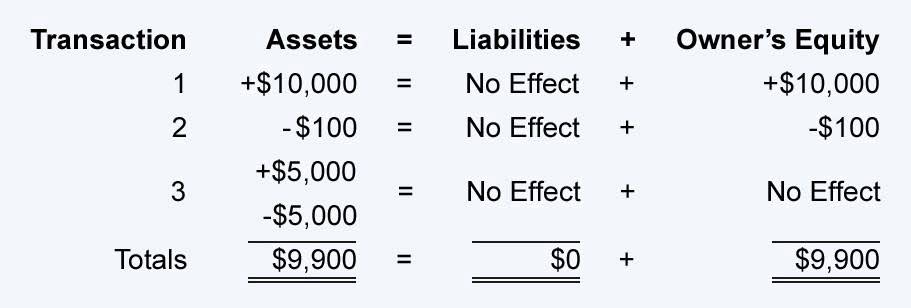
Sensitivity analysis can further evaluate how changes in production impact costs, enabling data-driven decision-making. Incremental cost, also known as marginal cost, is a key concept in managerial accounting and financial analysis. It refers to the additional cost incurred when producing extra units of a product or service. Understanding how to accurately calculate incremental costs is important for making sound business decisions.
Reflection and Periodic Assessment

In this section, we will delve into the practical application of incremental cost analysis https://www.bookstime.com/tax-rates/florida by examining real-world case studies. By exploring different perspectives, we can gain valuable insights into the significance and impact of incremental cost analysis in decision-making processes. Suppose a company wants to reduce its carbon footprint by switching to renewable energy sources. When it comes to decision-making, comparing the benefits and costs of different options is crucial.
Direct Materials
Alternatively, once incremental costs exceed incremental revenue for a unit, the company takes a loss for each item produced. Therefore, knowing the incremental cost of additional units of production and comparing it with the selling price of these goods assists in meeting profit goals. Understanding incremental costs can help a company improve its efficiency and save money.

Importance of Calculating Incremental Cost
- Always consider the relevant factors, time horizon, and assumptions when applying it to real-world scenarios.
- Through incremental cost analysis, they assess the additional expenses such as rent, utilities, and staffing required for the new store.
- Simultaneously, the incremental benefit includes increased user satisfaction, potential new customers, and competitive advantage.
- These can include research and development, manufacturing systems, distribution channels, marketing campaigns and product testing.
- For example, purchasing more efficient equipment may result in lower energy bills or increased productivity leading to higher profits.
In summary, incremental cost analysis empowers decision-makers to optimize resource allocation, evaluate projects, and make economically sound choices. By understanding these methods, you’ll be better equipped to navigate the complex landscape of decision-making. Assuming a manufacturing company, ABC Ltd. has a production unit where the cost incurred in making 100 units of a product X is ₹ 2,000. Companies invest in marketing campaigns to promote their products or services. They need to compare the additional costs (advertising, discounts, and staff overtime) against the incremental benefits (increased footfall, sales, and brand visibility).
- Incremental cost is the additional cost incurred when a business makes a particular decision, while sunk cost is the cost that has already been incurred and cannot be recovered.
- By incorporating incremental cost analysis, the company can assess the additional expenses involved in increasing production and compare them with the expected increase in revenue.
- Incremental costs help to determine the profit maximization point for a company or when marginal costs equal marginal revenues.
- A software development company is deciding whether to invest in upgrading their existing infrastructure.

Instead of hopping in for a complete restructuring of processes, everyday efforts can bring exponential growth and value internally and externally. Here are some examples of businesses that can leverage incremental continuous improvement. In most situations there will eventually come a point where increasing production gives an incremental cost which is higher than existing average cost.
Whether you’re a manager, investor, or student, mastering this concept enhances your ability to navigate complex scenarios. An incremental cost is the difference in total costs as the result of a change in some activity. Incremental costs are also referred to as the differential costs and they may be the relevant costs for certain short run decisions involving two alternatives.

A different approach is habit stacking, where new habits are nurtured by anchoring to the existing ones. Approach – Apple is a brand that is popular for its incremental product updates. By staying true to the core model/structure, Apple has been gradually retained earnings refining product specifications and innovation methods, and creating impactful improvements.

Incremental Improvement – The Aggregation of Marginal Gains
Moreover, there are no additional expenses like research, equipment, or construction, removing the need for capital expenditure. Team members can initiate such incremental changes without any extra costs. Incremental improvement is a standardized approach to improving and optimizing business processes. This approach emphasizes smaller changes, upgrades, or corrections that will offer positive outcomes in the incremental cost future.
Applying this methodology to your business decisions yields pivotal insights for profitability and strategy. For any business decision that involves changing volumes or adding products/services, incremental costs are vital for determining the financial impact. From a personal finance perspective, incremental cost can be applied to various scenarios.

